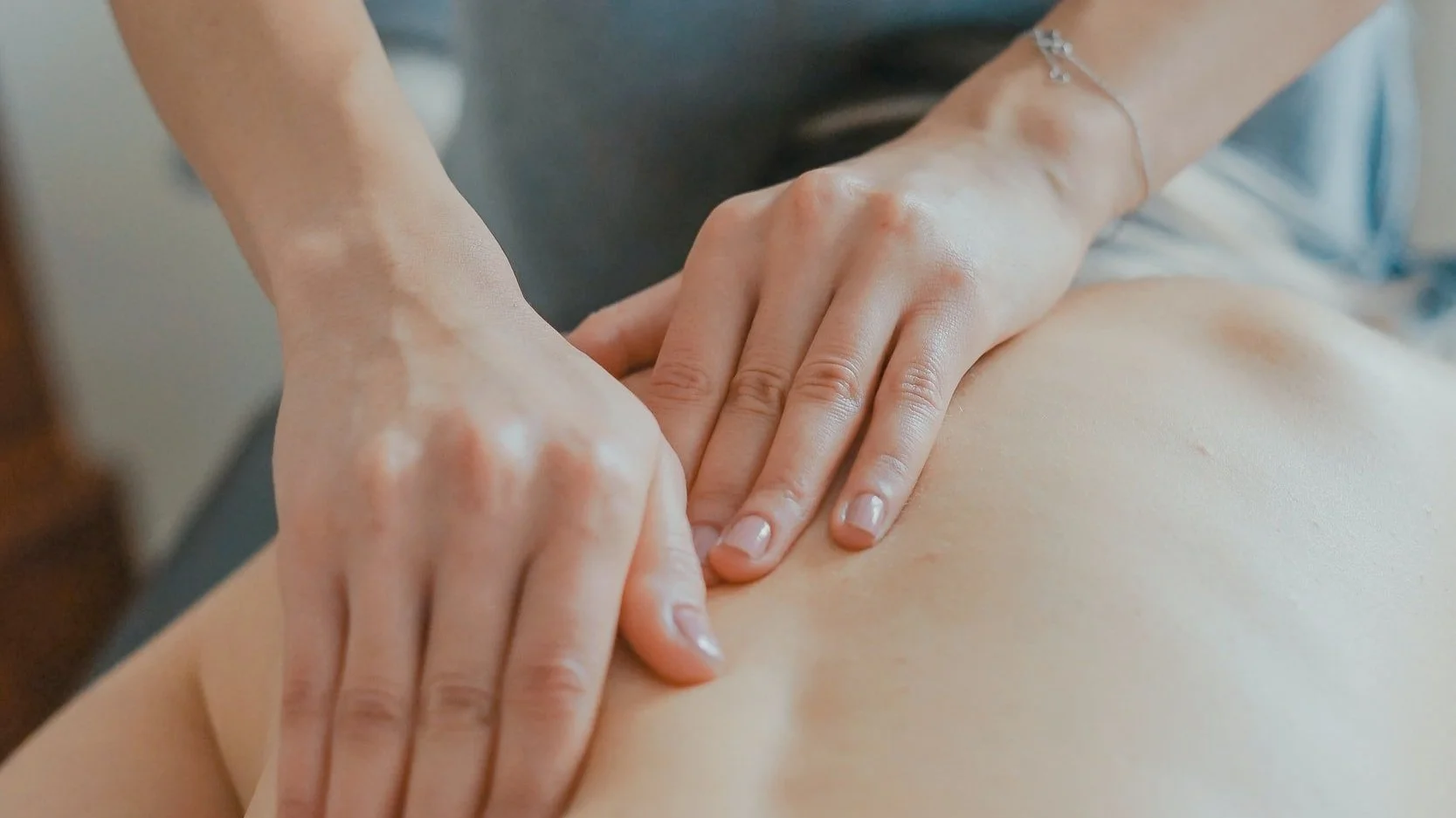Osteoarthritis Management
Osteoarthritis (OA) is a degenerative process affecting joints. It is characterised by progressive pain, swelling and stiffness leading to joint deformity and dysfunction. Pain can fluctuate and is not directly related to the amount of degeneration observed. Risks of developing OA increases with previous injury or infection in the joint, increased body weight and genetics.
Sport and Exercise Physicians focus on non-surgical management of OA. Our aims are to control symptoms and improve biomechanical function with an emphasis on exercise and physical activity.
There is good evidence that regular physical activity and exercise is beneficial in arthritis, decreasing pain and improving joint function. Exercise programs need to be carefully tailored to the individual, addressing weakness and imbalance in the kinetic chain.
There is no current medical treatment available that can reverse joint degeneration.
In our specialist OA clinic, you will be under the care of a Sport and Exercise Physician who will be able to tailor your management to your specific needs.
Our management addresses the 4 pillars of arthritis and their effects:
1. Structure
a. Degenerative change- loss of cartilage, deformity
2. Biology
a. Inflammation, swelling, stiffness, bone bruising
3. Neurology
a. Pain, weakness, nerve sensitivity
4. Mechanics
a. Imbalance in kinetic chain
b. Load distribution
We recommend an initial assessment with a Sport and Exercise Physician who will be able to accurately diagnose and then tailor your treatment to your needs.
Management may utilise medications and injections to control symptoms to allow strength based exercise rehabilitation. These may include:
Simple pain medication: Paracetamol (Panadol, Panadol Osteo)
Non-steroidal Anti-inflammatories (in short courses- avoiding longterm use)
Nerve sensitivity medication
Joint injections to control inflammation and pain
Radiofrequency ablation
The management may include the services of our allied health team:
Dietitians
Weight loss, meal planning
Remedial Massage
Soft tissue therapy for muscle tightness and joint stiffness
Podiatrists
Footwear advice, orthotic support
Exercise Physiologists
Individualised exercise rehab programs
Physiotherapy
Soft tissue therapy
Exercise programs
Pilates
Group exercise
Surgery – When conservative measures fail, surgical options may be considered:
Joint realignment (osteotomy)
By changing the angle of forces (load) through the joint, the affected area is bypassed
Joint Fusion
The joint is excised and the bone ends fused together to prevent movement associated pain
Joint Replacement
Replacing the arthritic joint surface with artificial prosthesis
Recent studies have shown that arthroscopy (or joint clean out surgery) for arthritis increases the rate of joint degeneration and is associated with earlier joint replacement surgery. Arthroscopy may be beneficial if there are mechanical symptoms of locking from a loose body or displaced cartilage tear.

